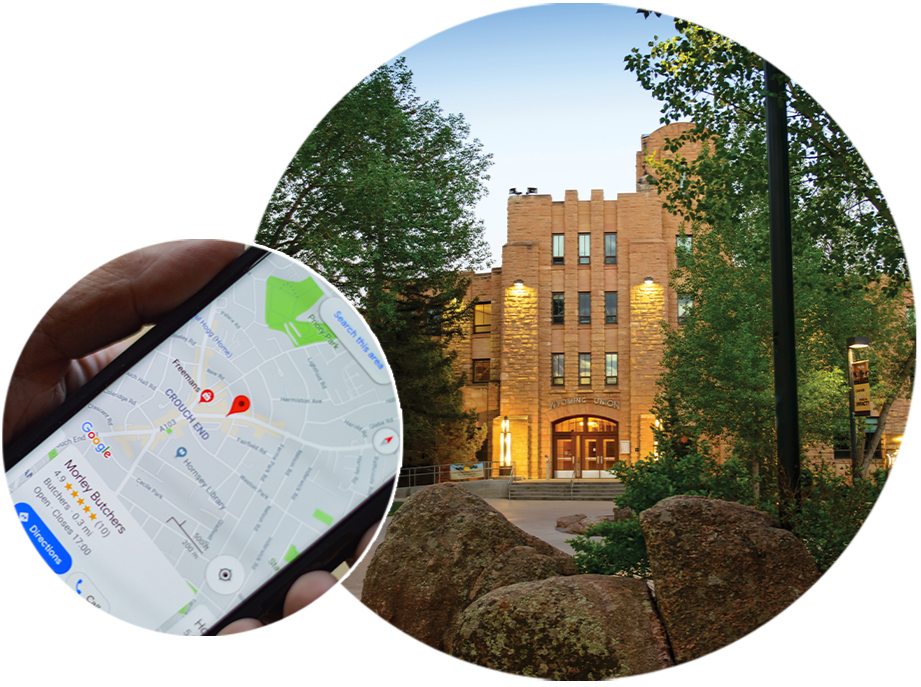Frequently Asked Questions

Please visit the University of Wyoming cost of attendance page, for tuition and fees information.
There are no prerequisites for core courses for the GIS Certificate. The core course for the remote sensing certificate (GIST 3140 — Introduction to Remote Sensing), requires that students complete the USP Quantitative requirement (basic algebra), but this can be waived by the instructor if you have sufficient math experience.
All required graduate-level courses are online and asynchronous, meaning that you don’t have to be online at a specific time. Instead, you complete coursework on your own schedule while meeting deadlines during each semester.
The Undergraduate programs are taught in person.
Our graduate certificates are the most flexible. They are online and asynchronous so that students can take them on their own schedules. They do take place during our standard semesters, so students must work through the course material in the fall or spring, but they do not have to be in class at a particular time. The professional master's degree is also entirely online and asynchronous, but it requires 4 semesters to complete. Certificates can be completed in 2 semesters.
The undergraduate certificates are less flexible. The GIS Certificate is a 10-credit (3-course certificate) with no electives, and the remote sensing cert is a 9-credit credential with 3 core hours and 6 elective hours. Undergraduate courses are mostly face-to-face with specific meeting times.
The professional M.S. degree is designed to be completed in 2 years (4 semesters) though students can opt to do it in more or less time depending on their personal situation. It is a 32 credit credential that culminates in a project-based capstone experience and a presentation as part of our online geospatial forum.
Yes. Current master's students can apply to earn a graduate certificate through UW Admissions but do not have to re-submit application documents or pay the application fee. Certificate students can also apply for the Professional M.S. degree through UW Admissions, and your certificate credits can be used towards the M.S. degree.
You will need to fill out a new application through Admissions including a resume or CV and a statement of purpose, but Admissions will have your transcripts on file.
Geospatial Science is very relevant to geology, so you will be a stronger candidate with a GIS certificate, depending on the job. You typically will need training in geology as well, but the GIS credential will make you more competitive.


